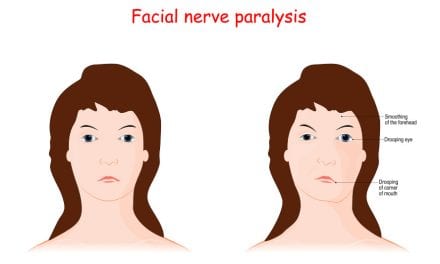The number of women undergoing immediate breast reconstruction after mastectomy has risen sharply in recent years, and most of this increase is due to implant-based reconstruction, finds a new study in the January issue of Plastic and Reconstructive Surgery.
“The significant rise in US immediate reconstruction rates correlates closely to a 203-percent expansion in implant use,” report researchers who were led by Evan Matros, MD, of Memorial Sloan Kettering Cancer Center in New York City.
The team mined a national database to capture trends in immediate breast reconstruction after mastectomy from 1998 to 2008. The analysis included the type of reconstruction–autologous (using the woman’s own tissue) or implant–as well as factors associated with reconstruction.
Out of approximately 178,600 mastectomies, 51,400 were followed by immediate breast reconstruction. From the late 1990s to the late 2000s, the rate of immediate reconstruction after mastectomy increased from about 21% to 38%–an average increase of 5% per year, the study showed.
During this period, the number of autologous breast reconstruction procedures remained relatively unchanged. In contrast, the rate of reconstructions using implants increased by an average of 11% per year.
Paradigm Shift: Less TRAM flaps, More Implants
In the past, most breast reconstructions were done via TRAM flap reconstruction, but the new findings suggest that implants are now the most common approach to reconstruction, having surpassed autologous reconstruction after 2002.
“The observed rise in reconstruction rates correlates to a paradigm shift away from autologous tissue to implant-based techniques as the major reconstructive modality,” the study authors write.
Several factors contributed to the increased rate of immediate implant reconstruction, including the rising number of women undergoing double mastectomies. Double mastectomies increased by an average of 17% per year during the period studied. Furthermore, women who underwent double mastectomy were twice as likely to be reconstructed using implants than those who underwent a single-sided mastectomy.
Immediate implant reconstruction was also more likely for women in the West and Midwest, compared to other US regions, the study showed.
Women on Medicare were also more likely to undergo implant reconstruction. Another contributor may have been the 1998 Women’s Health and Cancer Rights Act (WHCRA), which ensured coverage for breast reconstruction after mastectomy.
[Source: Plastic and Reconstructive Surgery]


